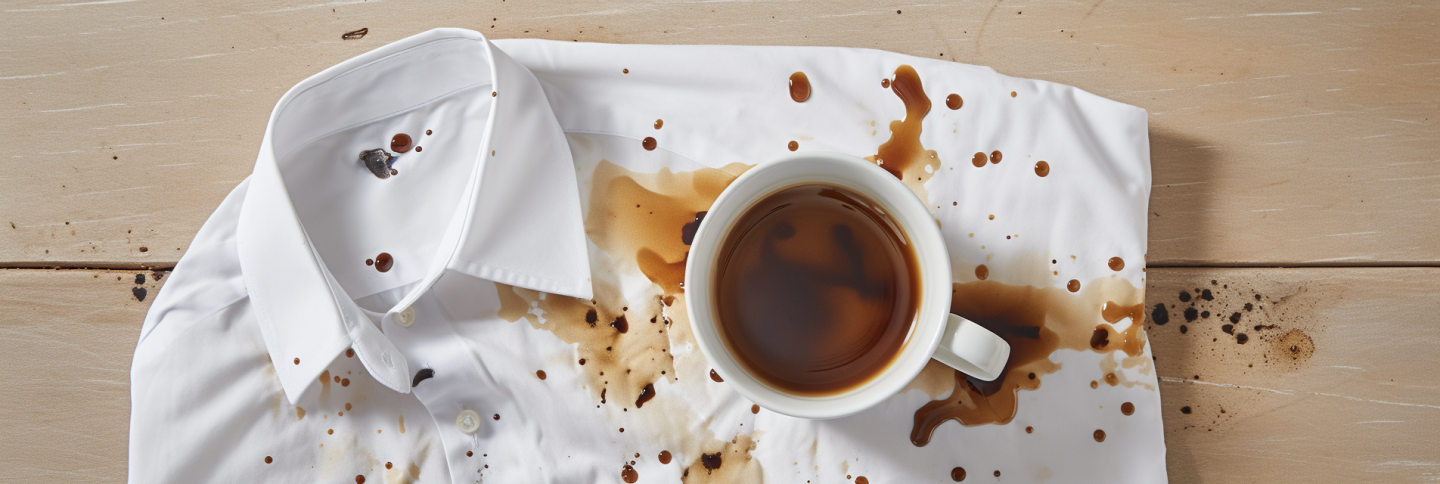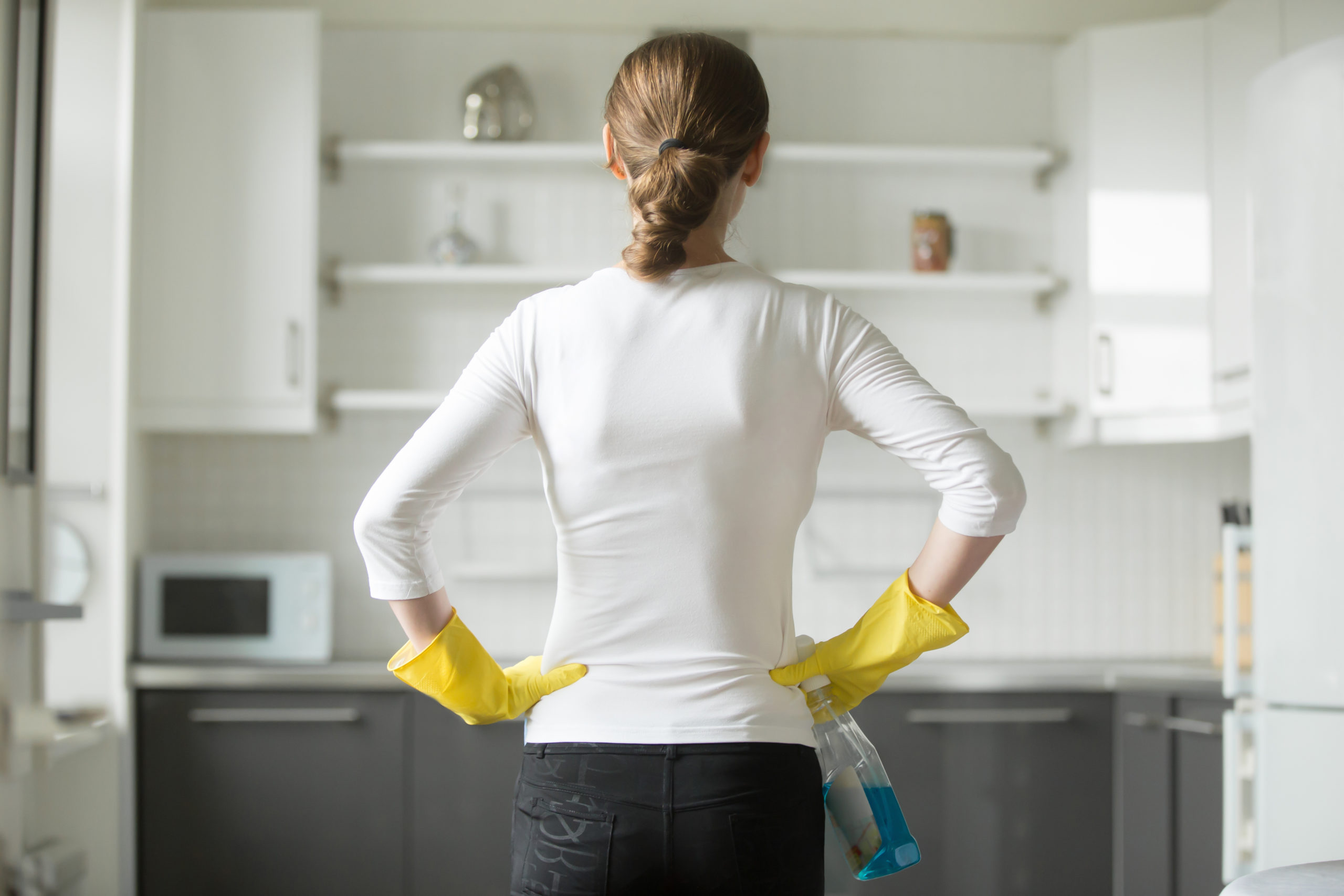Upholstered furniture adds warmth, comfort, and style to any home, but it’s also prone to collecting stains. From accidental spills to everyday dirt, keeping your upholstery clean can be challenging, especially when tough stains set in. But don’t worry! With the right techniques and a little patience, you can remove even the toughest stains from upholstery like a pro.
In this guide, we’ll walk you through professional tips and methods to keep your upholstery looking fresh and stain-free. 🌟
1. Identify the Type of Upholstery Fabric
Before attempting to remove a stain, it’s crucial to identify the type of fabric you’re dealing with. Different upholstery materials require different cleaning methods, and using the wrong technique could damage the fabric.
- Natural fabrics: Cotton, wool, and linen are more delicate and may require specialized cleaning solutions.
- Synthetic fabrics: Polyester, nylon, and microfiber are generally more durable and can withstand more aggressive cleaning methods.
- Leather: Leather upholstery requires special care and shouldn’t be cleaned with water-based products.
📌 Pro Tip: Always check the manufacturer’s care label for cleaning instructions before treating any stains.
2. Act Fast: The Sooner, the Better!
The longer a stain sits on upholstery, the harder it will be to remove. As soon as a spill occurs, try to blot it immediately to prevent the stain from setting in.
➤ Do not rub!: Rubbing a fresh stain can push it deeper into the fabric, making it even harder to remove. Instead, gently blot the area with a clean cloth or paper towel.
➤ For liquid spills: Use a dry cloth to soak up as much of the liquid as possible. Work from the outside of the stain inward to prevent spreading.
3. Use the Right Cleaning Solution
The best cleaning solution for your upholstery will depend on the type of stain you’re dealing with. Here are some professional recommendations for common stains:
1️⃣ Grease stains: Grease stains can be particularly stubborn. To tackle these, sprinkle cornstarch or baking soda on the affected area to absorb the oil. Let it sit for 10-15 minutes before vacuuming it up. Then, use a mixture of water and dish soap to blot away the remaining stain.
2️⃣ Coffee or wine stains: Mix equal parts white vinegar and water and apply the solution to the stain using a spray bottle. Blot the stain with a clean cloth, then follow up with cold water to rinse.
3️⃣ Ink stains: Dab the stained area with rubbing alcohol using a cotton ball. Be sure to test this method on a small, hidden area of the fabric first, as alcohol can sometimes lighten certain fabrics.
4️⃣ Blood stains: Cold water is essential for removing blood stains, as warm water can cause the stain to set. Blot the area with cold water and a clean cloth, then apply a mixture of water and mild detergent.
5️⃣ Pet stains: A combination of water and enzymatic cleaner works best for pet stains, as it breaks down the proteins in urine or other organic stains. This will also help eliminate odors.
4. Test Cleaning Solutions First
Before using any cleaning solution on a visible part of the upholstery, always test it on an inconspicuous area, such as the underside of a cushion or the back of the sofa. This ensures that the cleaning solution won’t damage the fabric or cause discoloration.
📌 Pro Tip: Let the test area dry completely to ensure no changes occur in the fabric’s color or texture.
5. Apply the Blotting Technique
When using a cleaning solution, always apply it using a blotting technique rather than scrubbing. Scrubbing can damage the fibers of the upholstery and spread the stain further.
➤ How to blot: Apply the solution to a clean cloth or sponge and gently press it onto the stain. Continue blotting until the stain begins to lift. For deeper stains, you may need to repeat this process several times.
6. Rinse and Dry the Upholstery
Once the stain is removed, it’s important to rinse the upholstery to get rid of any remaining cleaning solution.
- Use a clean cloth dampened with water to blot the area and remove any soapy residue.
- Avoid oversaturating the fabric, as too much moisture can lead to mold or mildew growth.
📌 Pro Tip: Speed up the drying process by using a fan or opening windows for proper ventilation. Never allow upholstery to remain damp for an extended period.
7. Call in the Professionals for Stubborn Stains
If you’ve tried the DIY methods above and the stain is still not budging, it might be time to call in the professionals. Upholstery cleaning experts have access to powerful cleaning agents and tools that can effectively tackle even the most stubborn stains without damaging the fabric.
For a free quote on professional upholstery cleaning services, click here.

Conclusion
Removing tough stains from upholstery doesn’t have to be a stressful experience. By acting quickly, using the right cleaning methods, and blotting instead of scrubbing, you can restore your upholstered furniture to its original glory. And for those particularly stubborn stains, don’t hesitate to seek help from a professional upholstery cleaning service.




